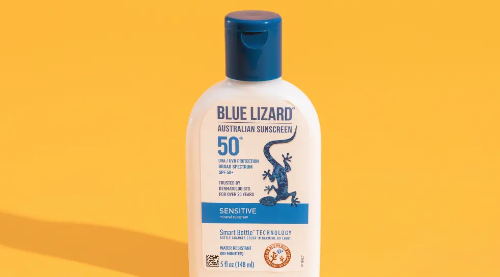Hirsutism, a condition characterized by the growth of coarse dark hair in areas usually associated with men, affects many women worldwide. I had the opportunity to interview Dr. Amy McMichael, an expert in hair and scalp disorders and a seasoned dermatologist with over two decades of experience at Wake Forest University School of Medicine, to shed light on the physiology and treatment options available for hirsutism. During our conversation, Dr. McMichael explained that hirsutism occurs when women grow terminal hair in places typically considered male secondary characteristics, such as the face, chest, and lower abdomen. This differs from hypertrichosis, which can involve hair growth anywhere on the body, not just in male-associated areas.
Causes of Hirsutism
Dr. McMichael shared that hirsutism is often caused by hormonal variations, but it can also be the result of ovarian abnormalities or upregulated receptors on hair follicles that bind to androgens, causing increased hair growth. She noted that there is not always a direct correlation between testosterone levels and the degree of hair growth, as some individuals with normal testosterone levels may still experience excessive hair growth due to their upregulated receptors. When discussing the diagnosis of hirsutism, Dr. McMichael highlighted the importance of taking a detailed history of each patient, including their menstrual cycles, fertility issues, and other secondary male characteristics. She also typically checks free and total testosterone levels and may order further tests, such as TSH, LH, and FSH, depending on the patient’s presentation.
Treatment Options for Hirsutism
In terms of treatment, Dr. McMichael emphasized the need to address the root cause of hirsutism, which often involves hormonal management or addressing underlying medical conditions. In some cases, hair removal can also help reduce the appearance of dark spots and inflammation associated with hirsutism, but she stressed the importance of consulting a board-certified dermatologist to receive appropriate treatment. Dr. McMichael informed me that the first-line treatment for hirsutism is laser hair removal, but the right type of laser must be used depending on the patient’s skin color. Diode lasers are used for fair-skinned patients, and Nd:YAG lasers for darker-skinned patients. The hair must be dark, as laser treatment is not effective on white or gray hair. For white-haired patients, electrolysis is an option, although it is slower than laser hair removal. There is also the possibility of using topical treatments like eflornithine (Vaniqa) can slow hair growth but are not a long-term solution. Spironolactone, an oral medication, can also help slow hair growth by binding to male hormone receptors on hair follicles. Oral contraceptives can be helpful for some patients, but once discontinued, hormone levels return to their normal baseline, and the hair growth may return. Dr. McMichael advised against using finasteride or dutasteride for facial hair growth, as they are not very effective for this purpose. Additionally, she cautioned against using testosterone or hormone pellets, as they can exacerbate hirsutism and potentially cause other issues.
It is clear that hirsutism is a condition that affects numerous women worldwide, causing the growth of coarse dark hair in areas typically associated with men. Through my interview on the Derm Club with Dr. Amy McMichael, it is now easier to appreciate the complexities of the physiology of hirsutism and the available treatment options. As always it is crucial for individuals dealing with hirsutism to consult with a qualified dermatologist to receive personalized and effective treatment. With ongoing research and advancements in the field, there is hope for improved management and support for those affected by this condition.





